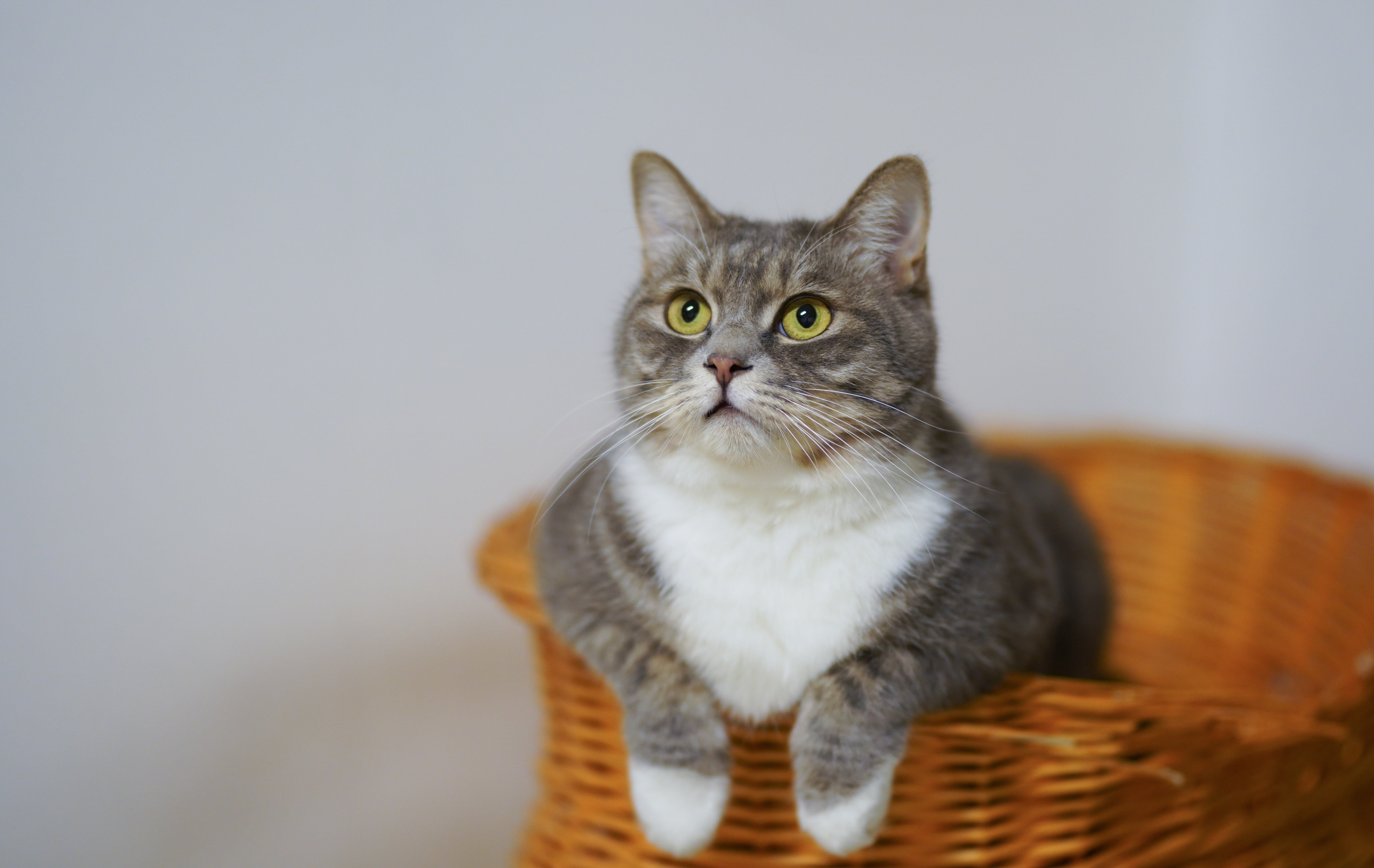Cats are a common sight in many households. These felines are known to be warm, furry and friendly. Children especially derive joy from having a pet in the home, particularly if it is a cat. However, even within households, cats are exposed to danger. No one would want his or her cat to get hurt, sick, weak or even die (in the most extreme cases). Therefore, it is imperative that you identify, isolate and mitigate the common household dangers cats face. The truism ‘prevention is better than cure” is very appropriate and is definitely applicable in this case.
The fact is anything that has the potential to poison, harm, maim, disfigure, cut, burn, scald or shock a cat or kittens can be and should be classified as a potential danger. Knowledge of these dangers and their mitigation can help save the life of the family cat loved and adored by all, avert unscheduled visits to the vet, cut down on unforeseen vet bills and head off a sad untimely end. The following are at least 8 common household dangers for cats, so be sure to look out for them:
1- Human Foods: Grapes, raisins, avocados, garlic, and products containing xylitol (categorized as a sugar alcohol and present in small amounts in some vegetables and fruits), can seriously disable our furry friends. In addition to this chocolate when ingested by cats can cause vomiting, diarrhea, and seizures. Ensure all these foods are kept out of reach.
2- Chemicals and Poisons: These include bleach, detergents, disinfectants, antifreeze, garden fertilizers, rodent poisons. If these are ingested or inhaled by cats (even in small quantities), they can cause serious life-threatening problems and chemical burns. If for instance, disinfectant is used on kitchen cookers as well as flat surfaces like tabletops, towels should be used to dry it up immediately before cats get to walk on the surface or even lick them. Also always keep the toilet seat down as powerful chemicals are also used to keep it clean and kill germs. Furthermore, it is dangerous and sometimes catastrophic, when people mistakenly apply flea and tick products to the wrong species (products meant for dogs are used on cats and vice versa). The best way to avoid this is to read labels correctly and consult your vets before starting a flea and tick eradication program or exercise.
3- Human Medications: Prescriptions, over the counter drugs like pain killers, cold meds, anti-depressants, and dietary supplements, are probably the most dangerous category of threat in the home. Cats can grab pills from containers or eat meds accidentally dropped on the floor. So it is essential to lock them away in cabinets or places they (cats) have no access to. Childproof latches will really come in handy in case your cat is a problem solver.
4- Plants: Some plants are poisonous to cats especially lilies which causes life threatening kidney failure even in minute amounts. Holly, mistletoe, Christmas trees (used on special occasions like holidays) and Christmas tree water are all lethal to cats. Furthermore, decorations like tinsel, ribbons, fake grass, balloons, candles, snow globes, and lights should all be securely stowed away as they can cause intestinal blockages to cats if ingested. Snow globes especially contain toxic chemicals. Turkey bones as well can cause choking so food in plates should be stashed away and never left uncovered or unattended.
5- Dangerous Objects: Rubber bands, hair ties, earbuds, yarn, and dental floss. These may be harmless to us as humans but if swallowed by cats will result in intestinal blockages and even death. Plastics like cellophane bags can even choke cats. Therefore freshly bought groceries should be put away as quickly as possible and plastic bags tucked in a safe hiding place like drawers. Toys with strings should also be kept out of reach of cats.
6- Fireworks: The resulting loud sounds and bright flashes from fireworks tend to startle and frighten cats. Consequently, it is wise to be aware of this and apply prudent measures to curtail or avoid these entirely.
7- Fire Hazards: Items and products used in the home like cooking gas and gasoline for generators and cars are all potential fire hazards if not carefully handled. Gas can choke cats to death while fires will no doubt lead to fatalities. Ensure all necessary safety measures are applied. Furthermore, ensure your windows have Pet Alert stickers on them depicting which rooms have pets in them in case of a fire outbreak. This would enable emergency first responders (like firefighters) pinpoint rooms where the pets are located and rescue them.
8- Miscellaneous Hazards: These include cords of window blinds which potentially could strangle cats. These should be coiled and kept out of reach. Ensure all windows screens are securely fastened and latches locked down. Washers and dryers (washing and drying machines) should be kept closed at all times when not in use. Furthermore, as an additional safety precaution ensure you carry out visual inspection of the machines before turning them on as cats have been known to be trapped within. This would prove fatal to the cats if the machines are turned on with the pets inside. Electrical wires are another high-risk hazard, as cats are sometimes known to chew on them. If plugged to an electrical outlet this could result in electrocution. Endeavor to hide the wires under carpets or rugs or encase them in tubing and coat them with something safe that tastes horrible to cats like bitter apple spray. Provide cats with safe alternatives like chewy toys coated with a flavor delicious to cats like tuna juice or paste. Kitchen utensils used in culinary preparations are also a potential danger. This is because they more often than not have sharp, serrated or pointed edges or ends which can accidentally cut, pierce, amputate or stab cats while being used in the kitchen. Also, be safety conscious when using them to avoid tragic incidents.


Trackbacks/Pingbacks